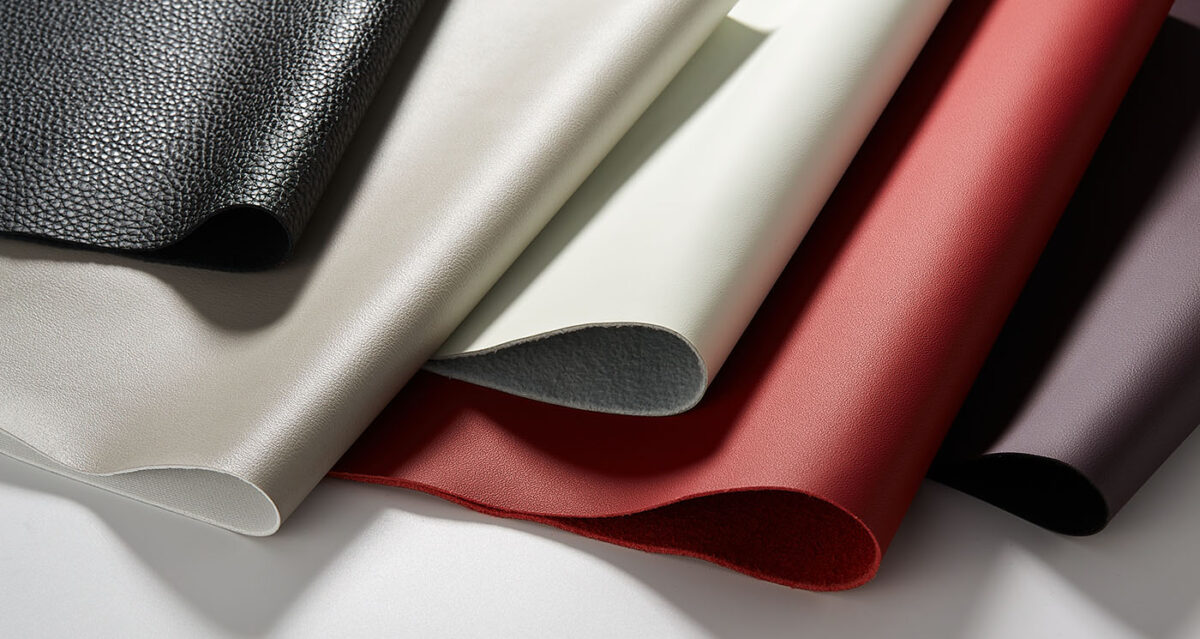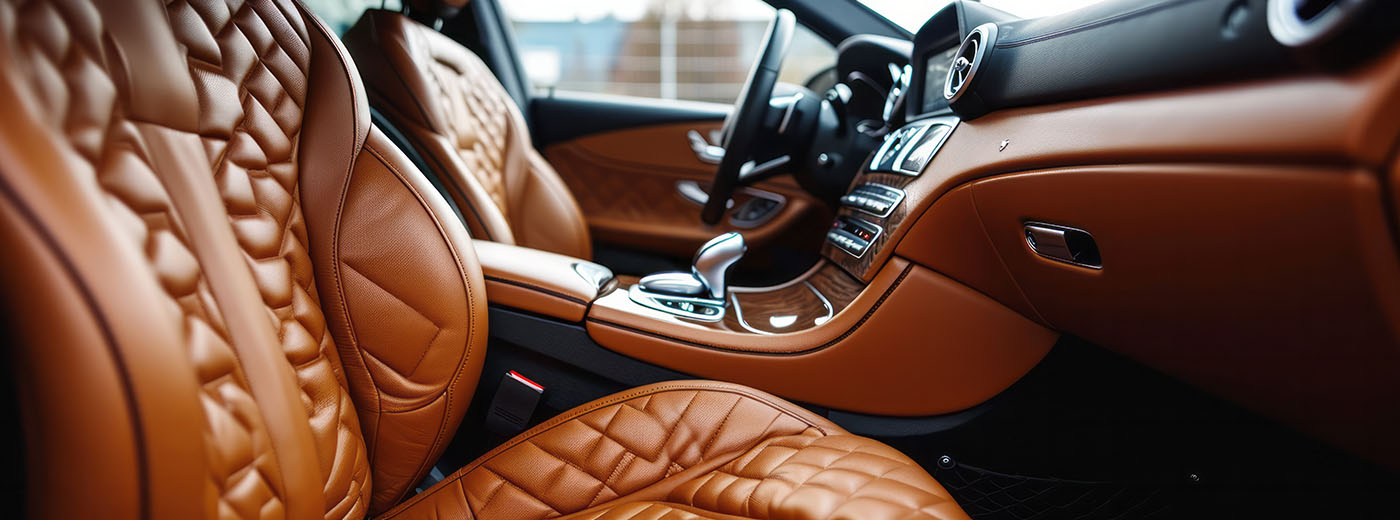BASF Introduces Alternative Leather 100% Recyclable

BASF, a global leader in the chemical industry, recently introduced Haptex® 4.0, an innovative, eco-friendly synthetic leather that is set to revolutionize the leather industry.
Alternative Leather Composition
Haptex® 4.0, uses a polyurethane (PU) base without solvents, offering a safer and more environmentally friendly alternative to traditional synthetic leathers. By eliminating solvents, BASF has significantly reduced the volatile organic compounds (VOCs) emitted during production, resulting in a cleaner and more sustainable manufacturing process. This solution also complies with stringent VOC standards.
Customization and Design Flexibility
Haptex® 4.0 offers a wide range of colors and finishes, including matte, glossy, embossed, and textured surfaces, enabling designers to achieve the desired aesthetic while maintaining high performance. The material’s surface is easy to print, allowing for custom designs, patterns, and logos. Additionally, Haptex® 4.0 can be thermoformed into complex shapes and designs. This provides flexibility in manufacturing processes and enabling innovative product designs.
Meeting Consumer Demands
Consumers are increasingly seeking products that are both stylish and sustainable. Haptex® 4.0 addresses this demand by providing a high-quality, eco-friendly alternative to traditional leather. By incorporating Haptex® 4.0 into their products, brands can appeal to environmentally conscious consumers without compromising on aesthetics or performance.
Inside Automotive

The first generation of Haptex was released in 2013 and has since been widely adopted by different industries, such as automotive, apparel, footwear, and furniture.
Sustainable synthetic leather perfectly suits seat covers, dashboards, and interior trims, offering both durability and a premium feel. The automotive industry has embraced it as a staple, known for creating exclusive and comfortable interiors while ensuring cleaner air during the drive.
Sustainable Fashion Innovation
Main attributes of Haptex® 4.0 include being non-toxic, low in VOC emissions, and possessing high abrasion performance, high peel strength, and good flexibility, making it an ideal choice for durable and eco-friendly fashion products. The material supports a wide variety of finishes and customization options, allowing designers to create unique and sustainable fashion pieces.
By introducing Haptex® 4.0, BASF meets the growing demand for sustainable materials while setting a new environmental standard. This innovation marks a significant step forward in creating eco-friendly products without compromising quality or aesthetics.
